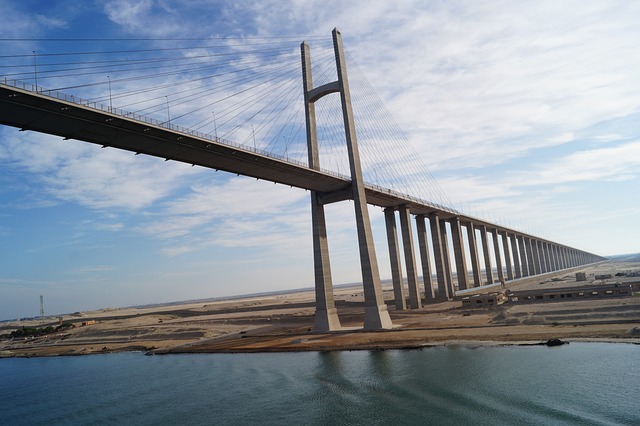Climate impact of Panama Canal disruptions: shipping routes diverge, emissions rise.
- January 19, 2024
- Posted by: Sinead Sprigg
- Category: Corporate, Environmental, Global, Water Issues, Europe, Middle East

Climate change-induced drought in Central America has led to a 40% reduction in traffic through the Panama Canal, while the Suez Canal, a crucial link between Europe and Asia, faces disruptions due to attacks on Red Sea cargo ships by Iranian-backed Houthi militants.
As a response to these challenges, some shipping companies are opting for alternative routes. For instance, cargo ships travelling from the Chinese port of Shanghai to New York can dock in Los Angeles and transport goods across the U.S. Alternatively, vessels navigating the Europe-Asia route through the Suez Canal can take a longer journey around Africa. However, these alternatives often result in slower transit times—up to 15 days on some routes—and increased costs, with the most significant long-term consequence being a surge in carbon emissions.
Jacob Armstrong, shipping policy manager at Transport & Environment, a Brussels-based sustainable transport advocacy organisation, analysed the emissions impact of one such cargo ship, the Al Zubara, diverted from the Suez Canal to travel around South Africa. The reroute increased emissions by 2,519 tons of CO2, equivalent to burning 13.9 rail cars’ worth of coal. With an average of 68 ships transiting the Suez Canal daily, the ongoing disruptions may contribute to an extra 162,727 tons of emissions each day, comparable to a natural-gas fired power plant’s five months’ output.
Droughts along the Mississippi and Rhine River basins have previously disrupted river transport, and the current slowdown in trade through the Suez and Panama Canals adds to these challenges.
The Panama Canal, in particular, faces issues due to decreased water levels resulting from several seasons of little-to-no rainfall. Boats passing through the canal have had to reduce their cargo loads by 40%, leading to diversions, delays, and additional CO2 emissions. If shippers resort to diesel-powered trains and trucks for overland transport, emissions could further escalate.
While the overall environmental impact of disruptions in shipping canals is considered marginal by experts, the potential escalation of emissions due to increased speed in response to delays is a concern. Advocates propose that a modest 10% reduction in shipping speed could yield a substantial 30% decrease in total emissions for the global shipping sector. Despite the need for additional journeys to compensate for longer transit times, this approach could still result in a significant 19% reduction in emissions.
The current challenges faced by the canals underscore the industry’s resilience, evident in the rising shipping fees that have not proportionately affected the prices of transported goods. Advocates argue that prioritising a reduction in ship speed presents a straightforward and effective strategy to mitigate the shipping industry’s climate impact, which contributes 2% of global emissions, equivalent to Germany’s emissions. As the industry adapts to canal disruptions, a heightened focus on sustainable practices becomes crucial for minimising the environmental footprint of global trade.
